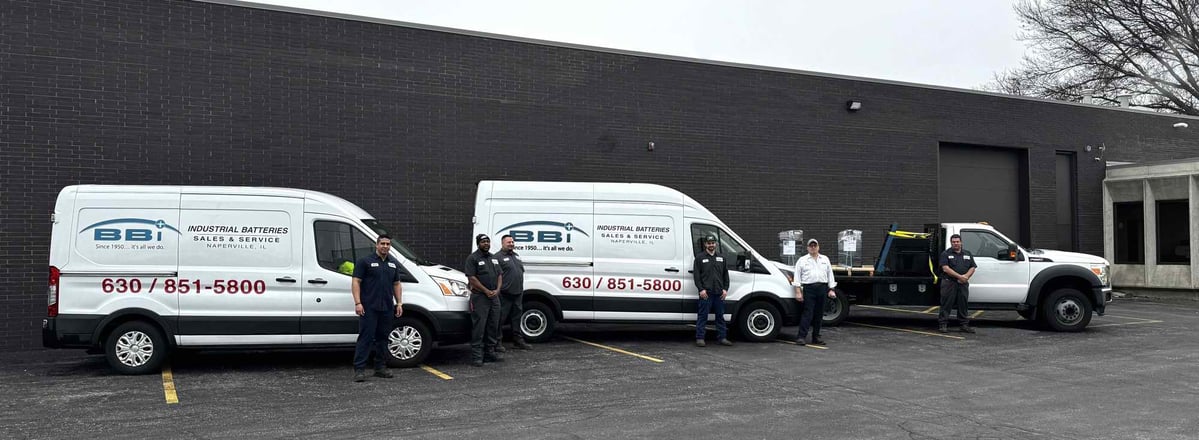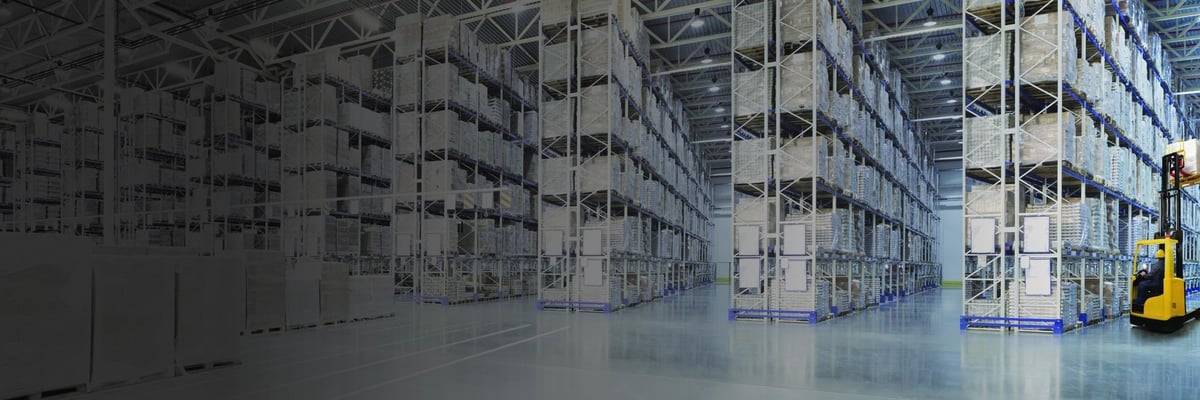
Enhancing Efficiency with Forklift Batteries
When it comes to warehouse operations, efficiency is the name of the game. One of the unsung heroes of this efficiency drive is the forklift battery. These powerhouses are not just bits of tech; they’re essential components that can make or break your operational success. In a world where time is money, optimizing the performance of forklift batteries can lead to significant gains in productivity, safety, and cost-effectiveness. This article will delve into how you can enhance efficiency with forklift batteries, focusing on their types, maintenance, and overall impact on your business.
Understanding Forklift Batteries: Types and Applications
What are Forklift Batteries?
Forklift batteries are rechargeable power sources designed specifically for industrial forklifts. They provide the energy needed to lift heavy loads, navigate tight spaces, and operate for extended periods—essentially fueling the lifeblood of warehouse operations.
There are mainly three types of forklift batteries:
Lead-Acid Batteries: These are the most common type used in forklifts due to their reliability and cost-effectiveness. They come in two formats: flooded and sealed (or AGM). Flooded batteries require regular maintenance but offer a lower upfront cost.
Lithium-Ion Batteries: Known for their high energy density and rapid charge times, lithium-ion batteries are becoming increasingly popular in modern warehouses. They last longer than traditional lead-acid batteries and require less maintenance.
Nickel Cadmium (NiCd) Batteries: Although less common today, these batteries offer excellent performance in extreme temperatures and have a long lifespan. However, they come with higher initial costs.
Why Choosing the Right Battery Matters
Using the right type of forklift battery significantly impacts operational efficiency. For example:
-
Lead-Acid: If you’re looking for a budget-friendly option and don’t mind some maintenance work, lead-acid might be your best bet.
-
Lithium-Ion: If you want quicker charging times and less downtime, lithium-ion is worth considering despite its higher initial investment.

Understanding these options allows businesses to tailor their forklift battery choice according to specific operational needs.
Applications Across Various Industries
Different industries have varying requirements for their forklifts and corresponding battery types. Here’s how various sectors leverage forklift batteries:
-
Retail Warehousing: Fast-paced environments benefit from lithium-ion batteries due to their rapid recharge capabilities.
-
Manufacturing: Lead-acid batteries may still dominate here because they can handle heavy lifting over prolonged periods.
-
Food Services: Hygiene standards often dictate that sealed or AGM lead-acid batteries be used due to their minimal leakage risk.
By aligning battery types with industry-specific needs, companies can enhance efficiency dramatically.
Enhancing Efficiency with Forklift Batteries Through Proper Maintenance
The Importance of Regular Maintenance
Proper maintenance is crucial for maximizing the lifespan and performance of forklift batteries. Neglecting this aspect can lead to decreased efficiency and increased costs over time.
Key Maintenance Practices
Regular Inspections: Check fluid levels in lead-acid batteries regularly; low levels can cause irreversible damage.
Cleaning Terminals: Corroded terminals reduce conductivity; clean them periodically using a mixture of baking soda and water.
Temperature Regulation: Overheating can severely affect performance; ensure that your charging area is well-ventilated.
Charging Protocols: Follow manufacturer guidelines for charging cycles—undercharging or overcharging can shorten battery life.
Professional Servicing: Consider scheduling professional battery assessments periodically for optimal performance.
By sticking to these practices, companies not only extend their forklift battery lifespan but also enhance overall operational efficiency.
Monitoring Performance Metrics
Keeping track of specific metrics will give insight into how well your forklift batteries are performing:
| Metric | Description | Ideal Range | 12 volt flat plate forklift batteries by Battery Builders |-----------------------|--------------------------------|---------------------| | State Of Charge (SOC) | Percentage indicating remaining charge | 20%-100% | | Cycle Life | Number of complete charge/discharge cycles before capacity drops significantly | 1500+ for 18 volt flat plate forklift batteries Li-ion | | Voltage | Operating voltage level | Manufacturer's recommended range |
Utilizing 36 volt flat plate forklift batteries 72 volt flat plate forklift batteries technology like telematics systems helps monitor these metrics effectively through real-time data analysis.
Frequently Asked Questions About Forklift Batteries
1. What is the average lifespan of forklift batteries?
The average lifespan varies by type; lead-acid typically lasts 5–7 years while lithium-ion can last up to 10 years or more with proper care.
2. How often should I charge my forklift battery?
It’s best practice to recharge lead-acid batteries when they drop below 20% SOC; lithium-ion can be charged more frequently without harm due to no memory effect.
3. Can I use a regular car charger on my forklift battery?
No! Forklift batteries need specialized chargers designed for their specific voltage requirements to avoid damage or dangerous situations.
4. What are some signs that my forklift battery needs replacement?
Signs include reduced lift capacity, longer charging times than usual, visible swelling or leaks from the casing, or frequent overheating during operation.
5. Are there any environmental considerations regarding forklift batteries?
Yes! Lead-acid batteries must be recycled properly due to hazardous materials contained within them while lithium-ion recycling programs exist but need further development across many regions.
6. Can I mix different types of forklift batteries?
Mixing different types is not advisable as it may cause compatibility issues leading to inefficiency or potential damage during operation.
Conclusion
In conclusion, enhancing efficiency with forklift batteries goes beyond just selecting the right type—it involves understanding each type's unique characteristics and implementing robust maintenance practices tailored to your operational needs. By doing so, you ensure that your workforce remains productive while keeping costs under control in an increasingly competitive market landscape. Whether you’re operating within manufacturing or retail sectors—or somewhere in between—investing time into optimizing your forklift battery usage will pay dividends down the road!